In the first part, we looked at Canada. What are other Arctic countries doing to reduce methane emissions from permafrost melt? Not much.


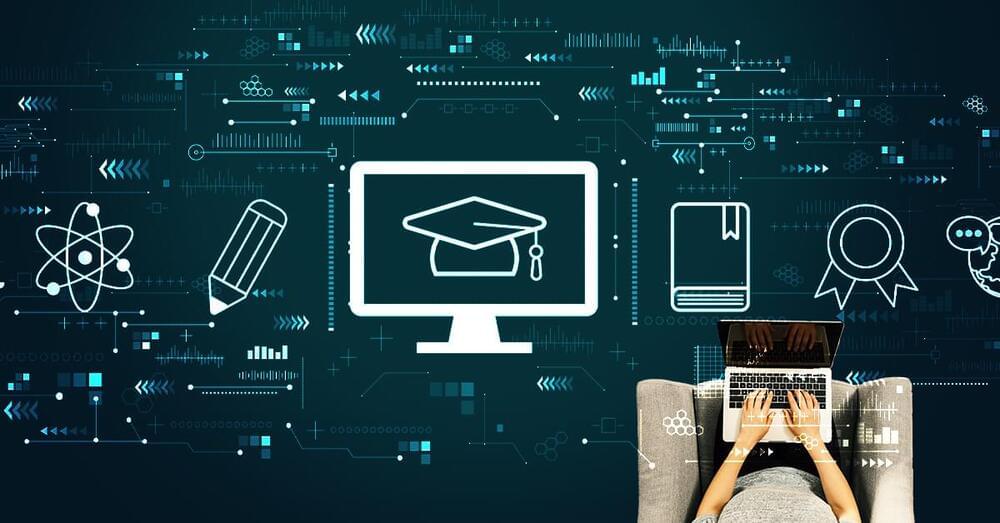
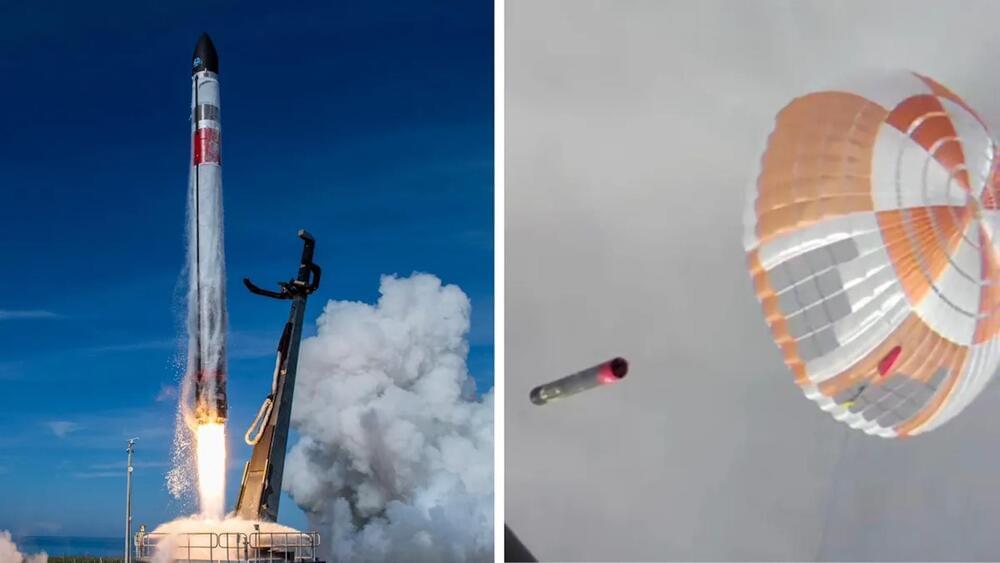
The rocket startup will attempt to catch its Electron booster in mid-air and fly it back to dry land.
U.S. and New Zealand-based Rocket Lab will perform a second mid-air recovery attempt of its Electron rocket booster after the launch of a mission called “Catch Me If You Can,” a press statement reveals.
Rocket Lab to attempt another mid-air booster recovery.
Rocket Lab.
The launch is scheduled for November 4 at 1:15 p.m. Eastern from Rocket Lab’s Launch Complex 1 in New Zealand. The mission will lift a scientific satellite into orbit for the Swedish National Space Agency.
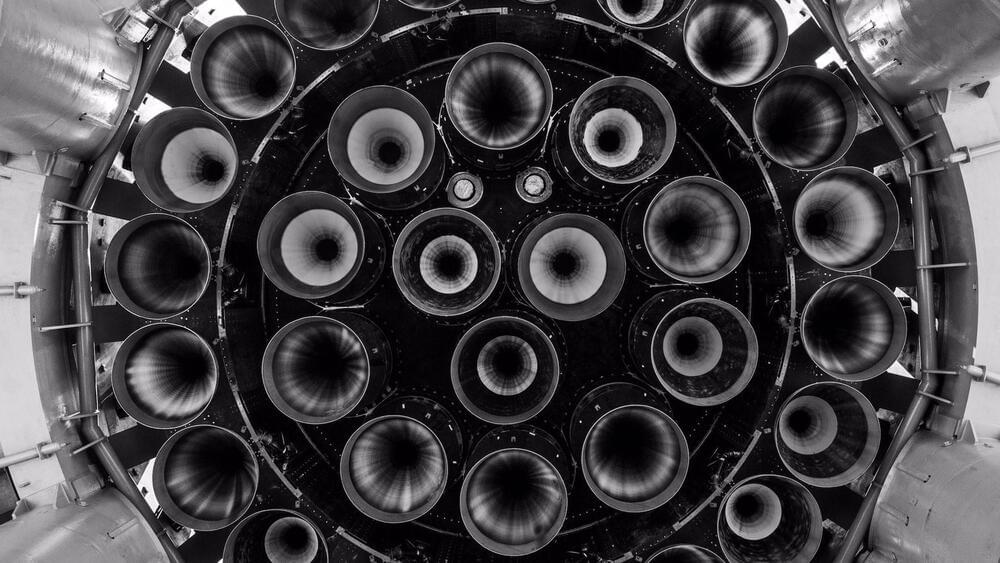
SpaceX and NASA are gearing up towards the first crewed lunar landing since Apollo 17 in 1972.
NASA deputy associate administrator Mark Kirasich spoke highly of SpaceX’s progress on Starship in a subcommittee meeting of NASA’s Advisory Council on Monday, October 31, as per an Ars Technica report.
Now, Kirasich has provided an update on SpaceX’s fully reusable Starship launch system, stating that the private space firm is building one of its next-generation Raptor engines every day.
SpaceX / Twitter.
In 2021, NASA awarded SpaceX a $2.9 billion contract to build a modified version of Starship as a lunar lander for its upcoming Artemis III mission.
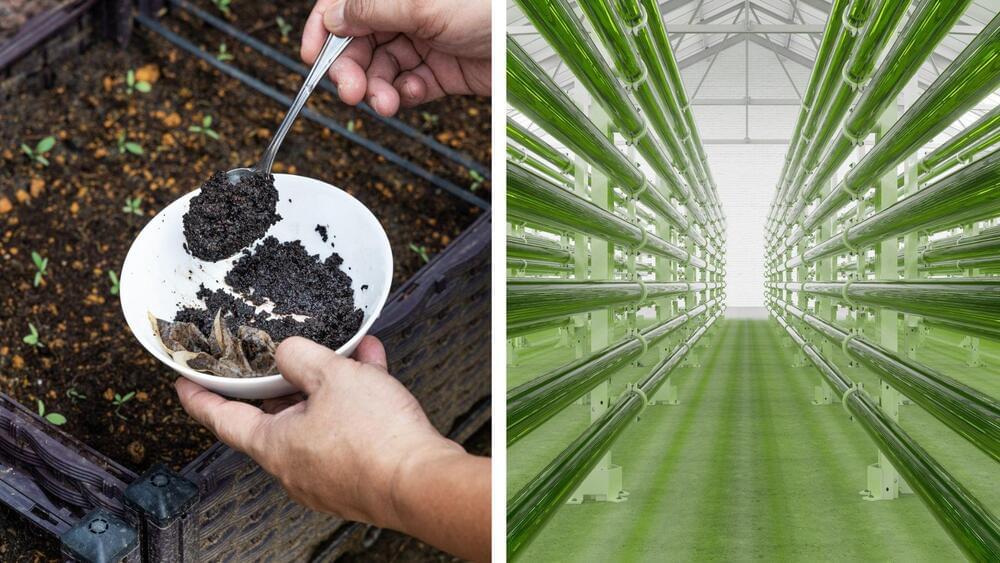
It could decrease reliance on palm oil to produce biofuel.
Have you ever guessed that a leftover coffee could turn into biodiesel? Here’s a remarkable development for bioscience. Seemingly, Aston University scientists produced high-quality biodiesel microalgae fed on leftover coffee. According to Aston University’s release, this development is also a breakthrough in the microalgal cultivation system.
Dr. Vesna Najdanovic, senior lecturer in chemical engineering, and Dr. Jiawei Wang were part of a team that produced algae and subsequently turned it into fuel.
The results of the study were published in the November 2022 issue of Renewable and Sustainable Energy Reviews.
1, 2
Seemingly, Aston University scientists produced high-quality biodiesel microalgae fed on leftover coffee. According to Aston University’s release, this development is also a breakthrough in the microalgal cultivation system.
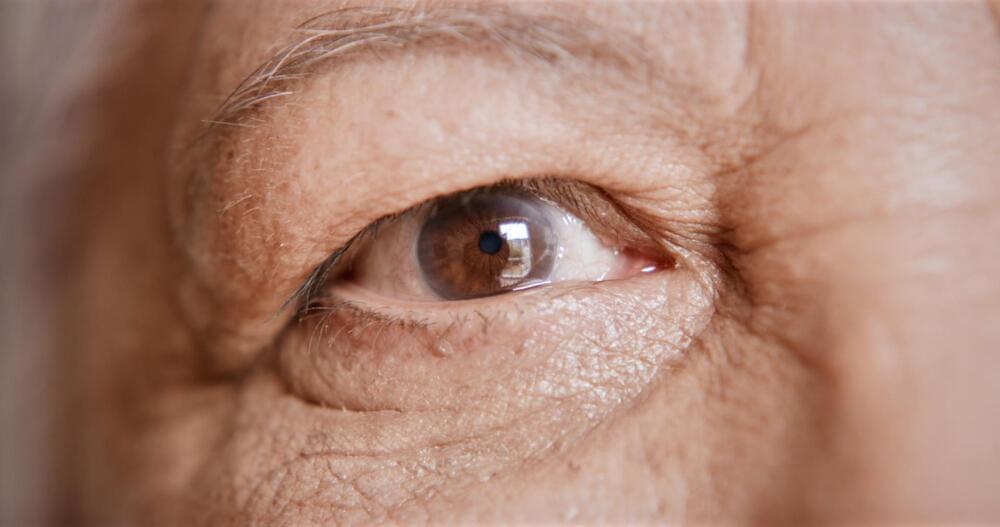
Snoring, insomnia and daytime sleepiness can also cause loss of site over time.
Too much or too little sleep could be associated with developing glaucoma, irreversible sight loss, according to a new study published in the journal BMJ Open.
Researchers mentioned that the study sheds light on the need for sleep therapy, specifically for people at high risk of losing their site. Glaucoma is one of the leading causes in blindness, affecting millions. By the year 2040, it is estimated that 112 million people will be affected by this disease.
Glaucoma is an eye condition that causes light-sensitive cells in the optic nerves to become damaged. The condition can worsen if it’s not treated early, leading to irreversible blindness. The research team stated that high-risk individuals should be checked for glaucoma.
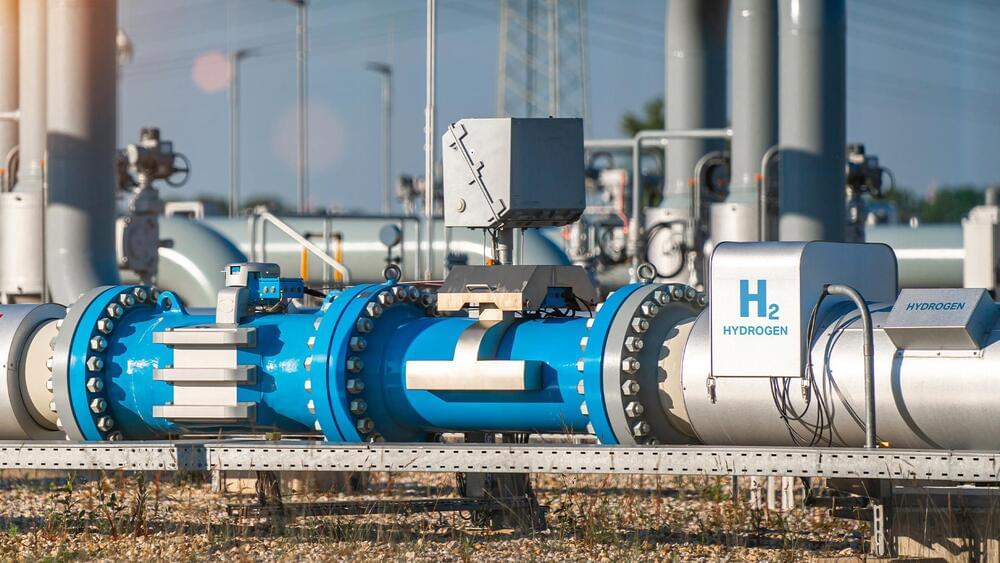
The method requires only visible light and no external heating.
Hydrogen sulfide, infamous for its aroma of rotten eggs, is known to be highly poisonous and corrosive — especially in wastewater applications. Petrochemical plants and other industries make thousands of tons of this gas every year as a byproduct of various processes that separate sulfur from petroleum, natural gas, coal, and other products.
Now, Rice University engineers and scientists have devised a new way for such petrochemical industries to turn the noxious gas into “high-demand” hydrogen gas.
Audioundwerbung/iStock.
Rice engineer, physicist, and chemist Naomi Halas and the team have created a method that derives energy from light and employs gold nanoparticles to convert hydrogen sulfide and sulfur in one step.
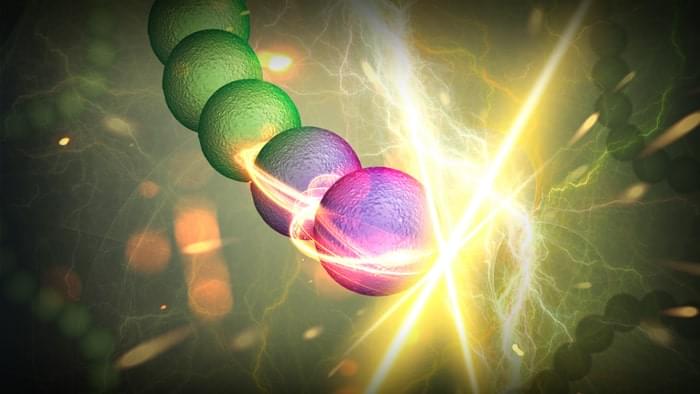
The latest trailer for Immortality, a narrative FMV game from Sam Barlow, creator of Her Story. Immortality releases July 26 on Game Pass, Steam, and GOG.
Catch everything that was revealed at the PC Gaming Show: https://www.pcgamer.com/how-to-watch-pc-gaming-show-2022/
#PCGamingShow2022 #gaming #pc.
Twitter: twitter.com/PCGamer.
Instagram: @pcgamer_mag.
Facebook: facebook.com/pcgamermagazine.
Forum: forums.pcgamer.com.
To subscribe to the magazine in the US, UK, or elsewhere, visit myfavouritemagazines.co.uk.
PC Gamer is the global authority on PC games. We’ve been covering PC gaming for more than 20 years, and continue that legacy today with worldwide print editions and around-the-clock news, features, esports coverage, hardware testing and game reviews on PCGamer.com, as well as major yearly events including the PC Gaming Show at E3.
Does the Earth make a sound? Yes! and it’s very eerie!
The European Space Agency (ESA) recently released 5 minutes of haunting, crackling audio. Revealing what Earth’s magnetic field sounds like. Called the Magnetosphere, it is generated deep within the Earth’s interior, at its core. It extends out into space, creating a strong protective shield against things such as charged particles zipping out of the Sun, called the solar wind. And Without this powerful magnetic field, Earth would likely be a barren, cold, dry world. The audio clip you are about to experience might sound like the stuff of nightmares, but sit back, relax and listen to the strange creaking, crackling and rumbling of our planet’s protective shield. This is the sound of the Earth’s magnetic field.
Find out more about this audio clip — https://www.esa.int/Applications/Observing_the_Earth/FutureE…etic_field.
Remember to like and subscribe for much more to come! Thanks for watching! V
Want to help support my channel? Then why not buy me a coffee with a Super Thanks? Just click on the love heart below the video, and instantly you will be considered a V101 Legend! V
I’m also on PATREON! You can help support my channel and gain added perks! Join the community and become a V101 member or Patron Today
https://www.youtube.com/channel/UC_MTPqgFSm_8WUWaCHIfUgQ/join.